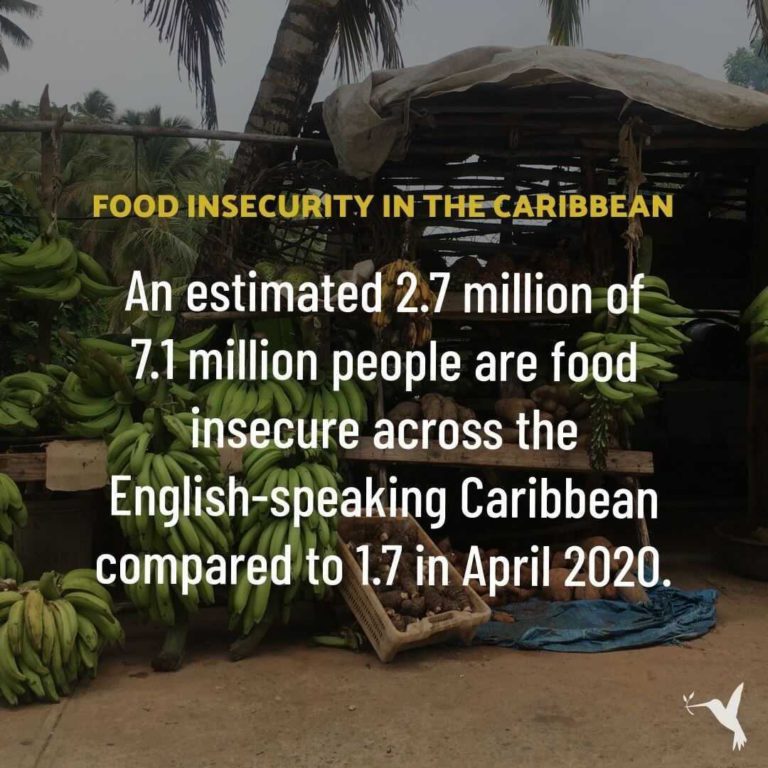Marketing Storytelling for Farmers & Food Brands
Connect with Consumers & Make Your Products Shine
From Campfire to Marketing Strategy

Storytelling is an essential human experience. Stories are how we understand the world around us and what connect us to other humans.
Storytelling has evolved from sharing around a campfire to a modern-day marketing strategy. It makes sense as a strategy; we process and connect with the world around us through stories. Storytelling is the oldest form of passing along knowledge. Much of how we understand what we call facts is influenced by stories and how we interpret them. Humans are social animals, and language is our ultimate way of communicating, expressing emotions, perceiving the world around us and ourselves, and even simply being.
What is storytelling in a marketing sense and how is it different from your average person just telling a tale?
Storytelling is one of the most powerful ways to breathe life into your brand. By sharing the stories behind your products and services, you give them an identity and take your customers on a unique journey. Stories are personal, and so in order for consumers to form a personal connection with your brand, company stories must be authentic, creative, and inspirational.
Storytelling is often considered one of the main components of a content marketing approach, and businesses across the world are spending billions of dollars fighting for seconds of attention from audiences that are bombarded with similar messaging. The internet has democratized marketing by making it accessible, but this also means it is accessible to everyone. As a result, it is incredibly difficult for brands to stand out among the masses.
How to Shine with Your Story

Wrap your message into a story that transports people, simplifies information, and provokes an emotional response. Use narrative to share your brand’s history, challenges, successes, and value propositions.
Story is unique and, at the same time, universal.
Good storytelling isn’t just about relaying information. Instead of throwing facts, statistics, and testimonials at your audience, focus on making your brand thoughtful, memorable, and real. How a person feels about your brand typically determines whether or not they buy your product. It’s about evoking emotions, experiences, and needs, and the written and unwritten images associated with those emotions and needs.
A brand is a matter of perception.
According to an article in Forbes:
Storytelling can be up to 22 times more memorable than facts, and can increase your audience’s brand loyalty Click To TweetStorytelling for Farming

Another important way that humans connect with one another is through food. The food we cultivate, cook, serve and eat, in addition to giving us life, gives us connections to those around us. Storytelling and food are some of the most important social aspects of the human experience. It makes sense that they work together.
In recent years, consumers have become increasingly engaged in learning where their food comes from and from whom—in connecting not only with the folks they share food with, but also with the people who plant and harvest it.
Farmers are humans, and therefore they have stories to share. Farms are part of the earth, connected with the elements, built up around their own stories.
For these and many reasons, farm businesses can also use storytelling to market their products and connect with their consumers.
Best Practices for Storytelling: Start with the Golden Circle

The Golden Circle is a concept developed by Simon Sinek. According to Sinek, most people communicate by starting with “what” they do, and eventually work their way back around to talk about “how” and “why” they do what they do. He claims, however, that people don’t buy what you do, they buy why you do it. Therefore, to tell an effective story for marketing, we should always start with the why.
Why does the order in which you communicate your story matter?
It matters because we use different parts and functions of our brain to communicate. When we talk about what we do, we’re speaking to an analytical part of the brain. But when we talk about why and how, we’re communicating with feelings and connecting with human behaviour.
The Golden Circle gives us an easy image and framework for creating compelling stories about our brands.
Start with the why. Why are you doing what you are doing? For example, why are you in business, why did you develop your product or service?
Move into the how. How will this help your readers? For example, what problems are you solving for your readers, what challenges are you helping them overcome?
And finally, tell them what. What are you offering? For example, what is your product or service? What are its features and benefits?
As you hit these three important steps, remember some best practices along the way. Be authentic and creative. Be specific. Write clearly and concisely.
And most importantly, write from your heart. Your clients will feel it.
Want to see some great examples of storytelling for marketing? Check out our Producers Stories platform and browse through our Producer Spotlights. Not only will you get to see some fine storytelling in action, but you’ll also learn more about some of the amazing producers in our network.



